Try to search another point of Crypts in this area, but I failed and very exhausted since I must walk through ascend and descending road.
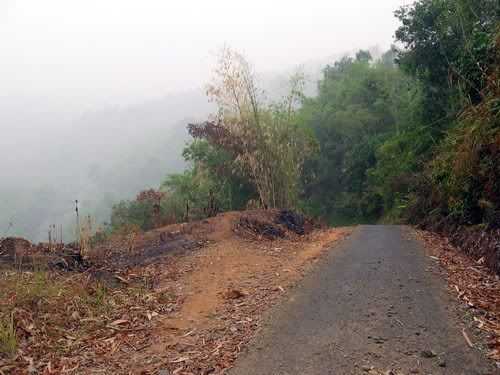
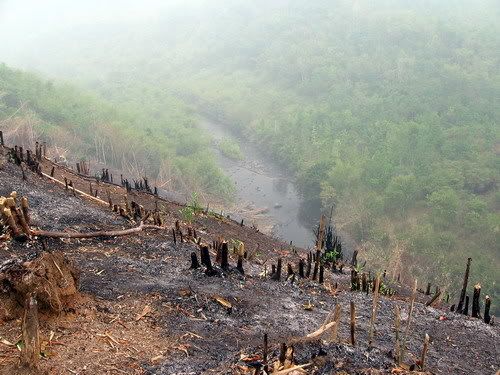

Here the stream at picture above, it reached through a very little and steepy road not so far from the top picture. Eventhough it looks perfect for hillstream fishes, very clear and cool water,but the population is not high here. So I decide to back to the point where I found borneo sucker before.
Rain still not come, the water level is low, and its easier to collecting fishes. This time I got some big specimens of Gastromyzon sp “SK02” (about 5 cm SL).
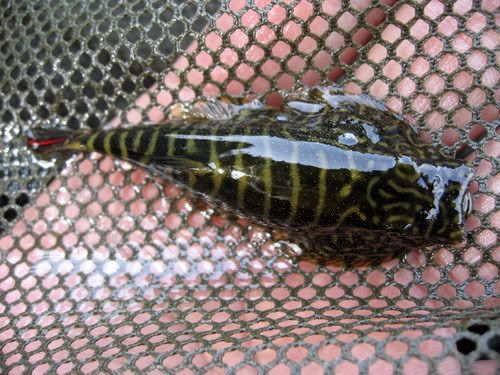
Looks at its snout !!!!!!

I surprise myself to see this because I only found small and medium size before and the snout is not so “concave”. The snout form looks similar with G. sp. “SK01”
Here the pic of “SK01” for comparison.
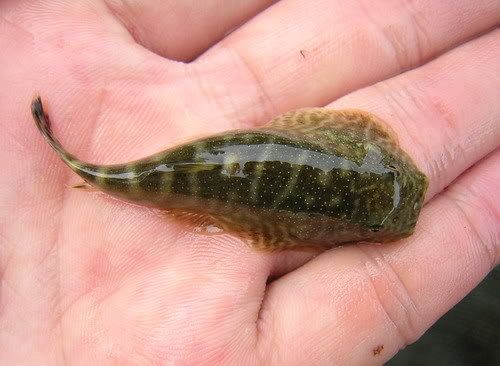
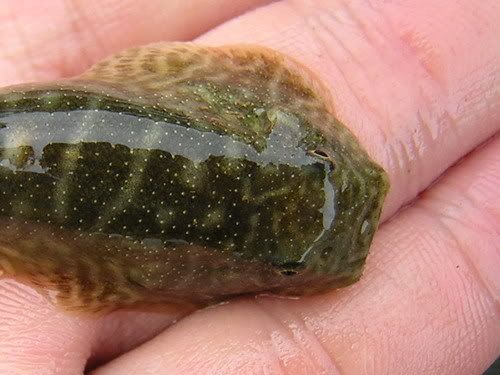
This time I also got another species of suckers, Gatromyzon sp. “SK04”, This species looks quite rare compare with “SK02”.
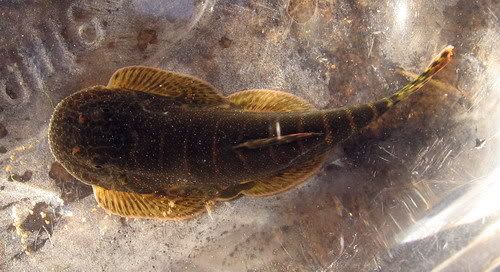
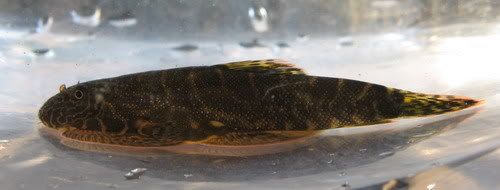
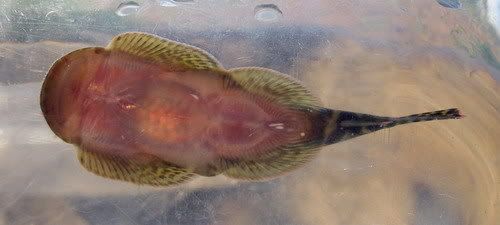
Looks quite similar with G. psiloetron from East Kalimantan.
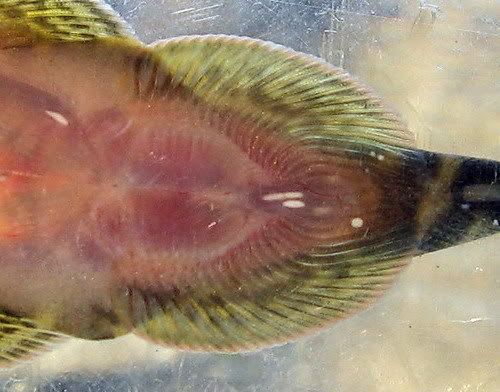
Possibly the white spots is eggs.
This species can change its color in minute from pale light brown to deep black in large specimens, meanwhile the small specimens tends to just light brown color. The adults looks have more intense yellowish color at dorsal and caudal fin and light brown top and bottom ray of caudal fin.
Local people inform me if this black suckers can grow quite big and bigger than “SK02”, local people also thought if this black suckers is the females meanwhile “SK02” is the males, they think like that because the black (big and matures of “SK04”) suckers looks always carrying eggs in its body.
The local name is “Katetipal” (sometimes they also call “tetipal”), means (more or less) sticky.
 so many fishes
so many fishes 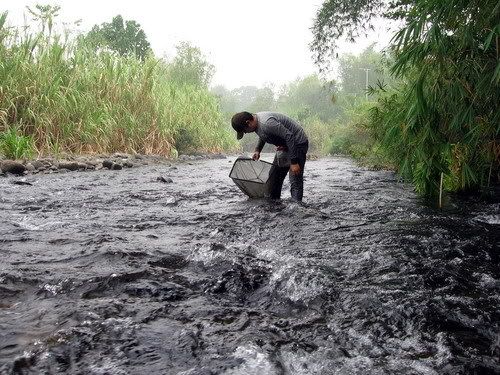
 because of that )
because of that )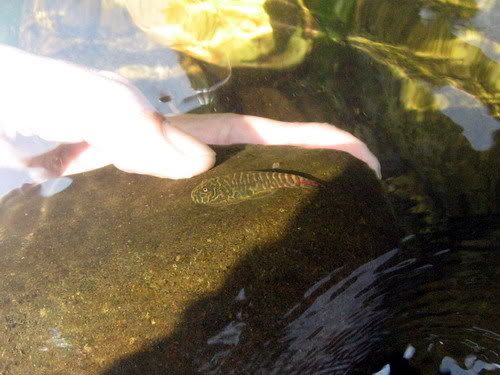

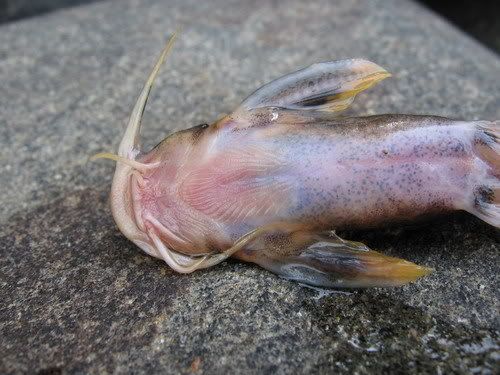
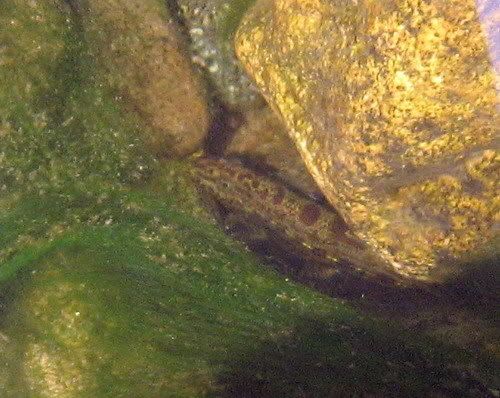


 Resistance is futile. You will be assimilated.
Resistance is futile. You will be assimilated.
